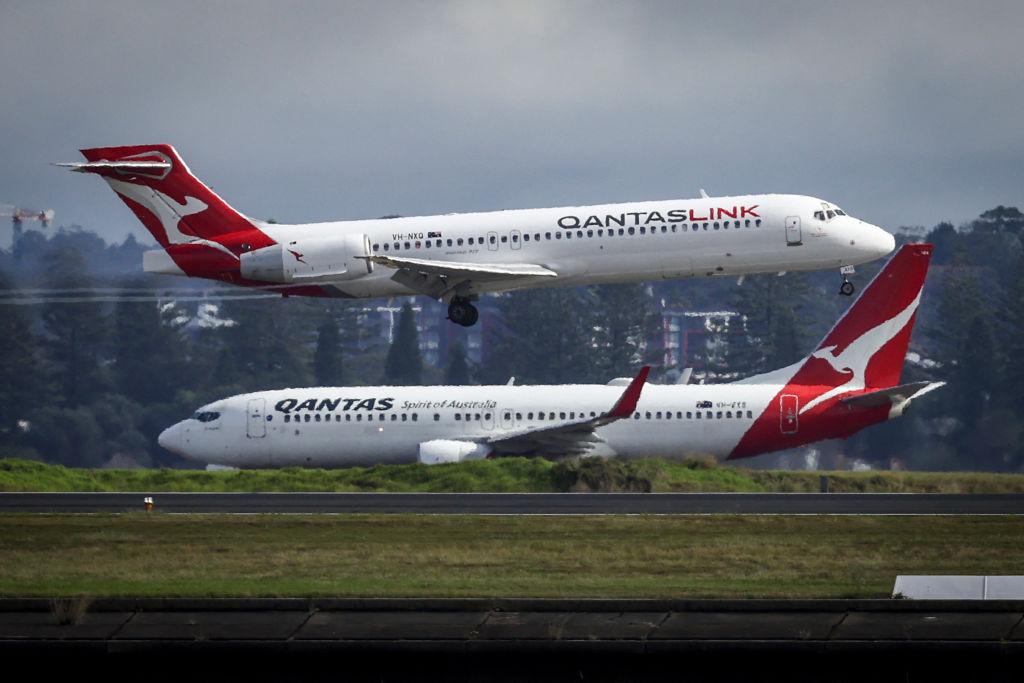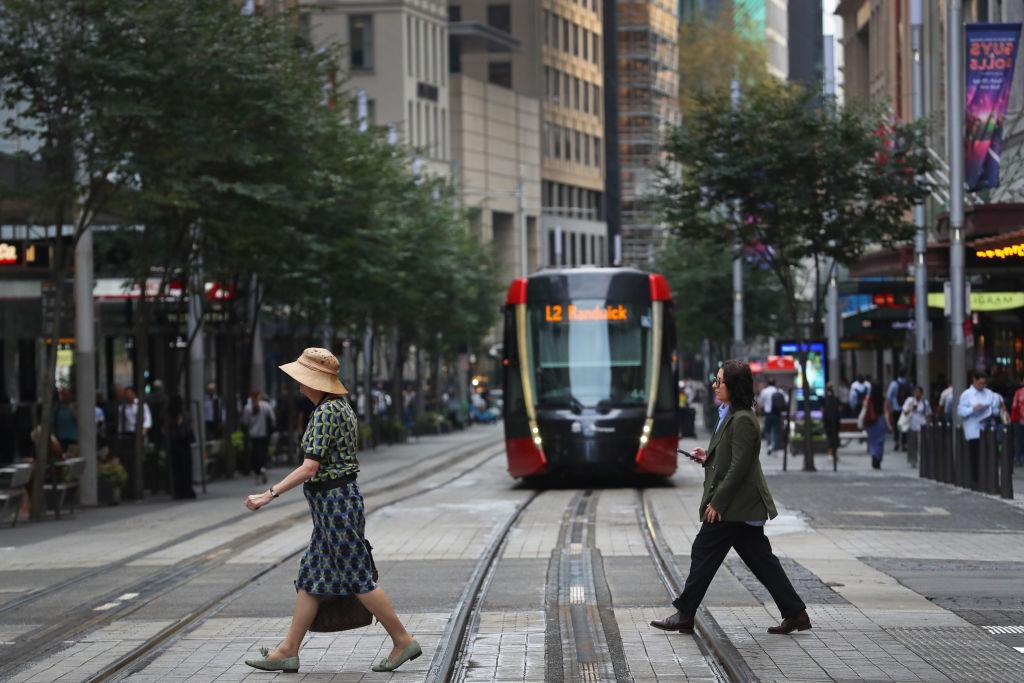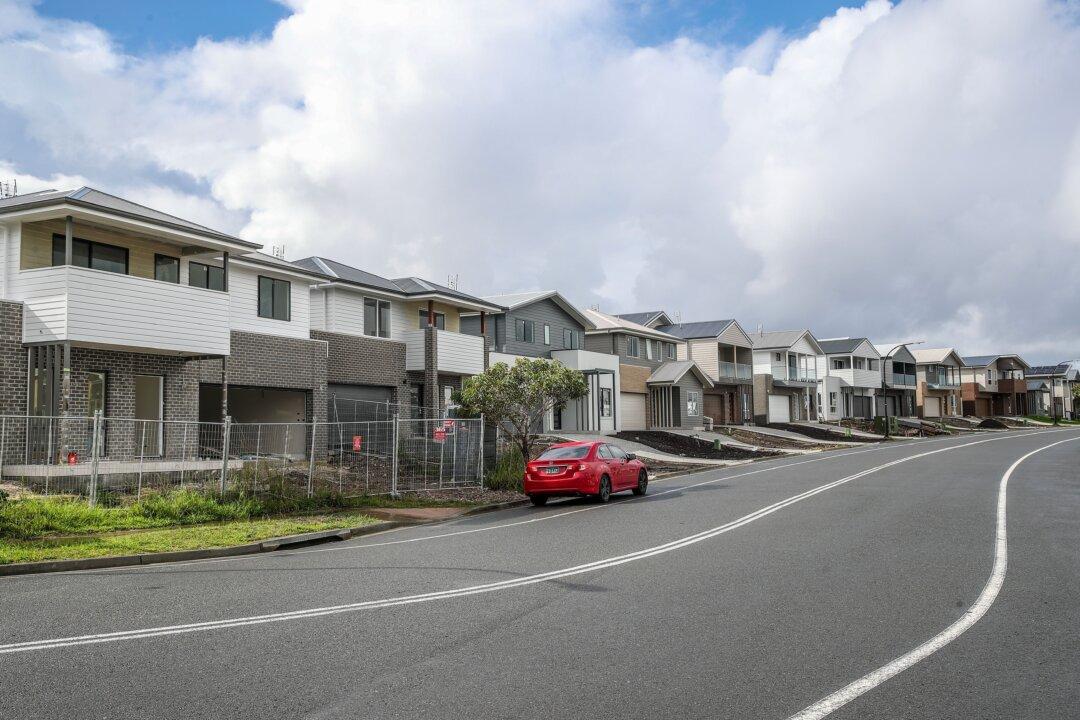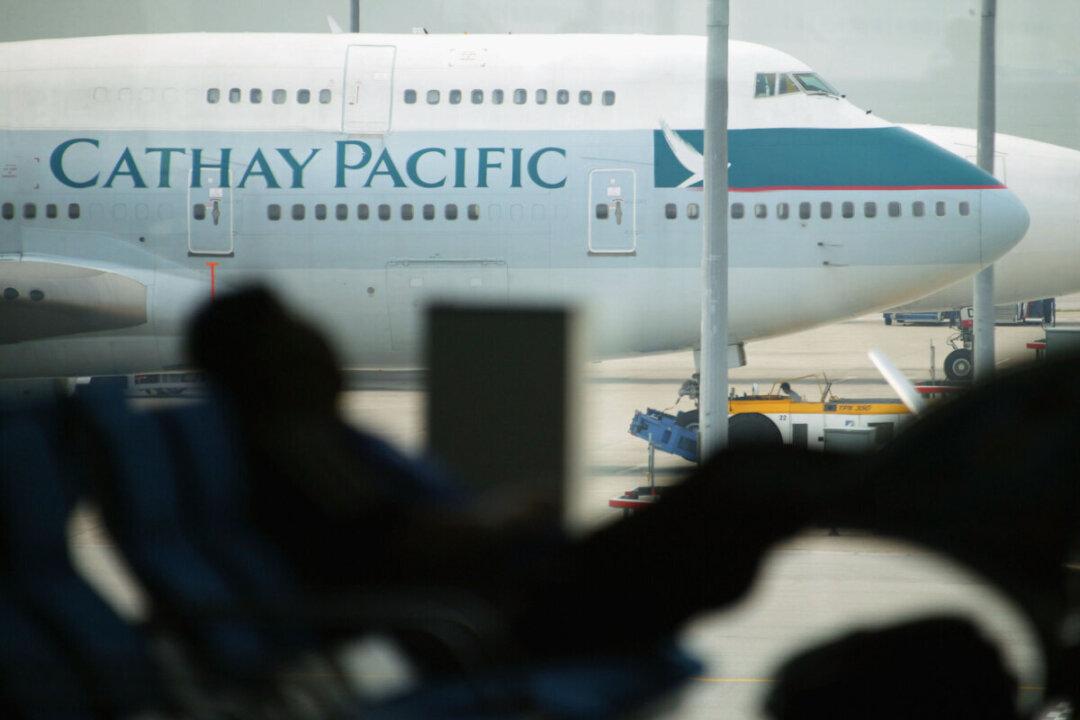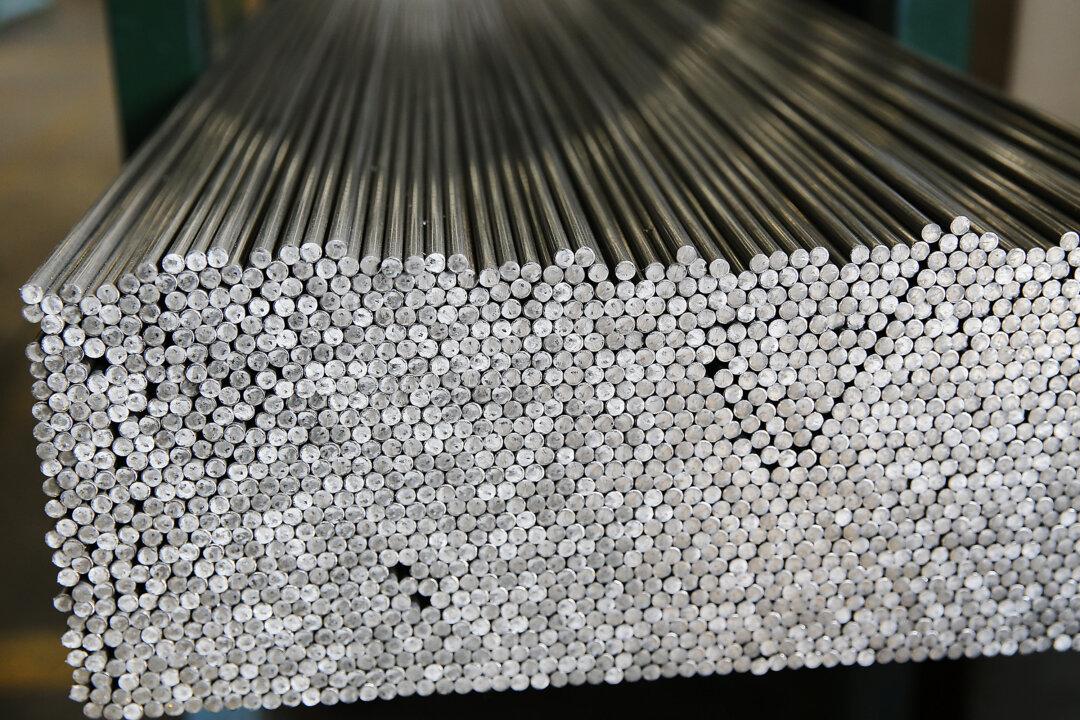Asia Pacific is facing a lack of uniform policy in transitioning to sustainable aviation fuel (SAF) despite the region accounting for almost 32 percent of global air traffic and more than a third of global jet fuel demand.
ING’s research showed that Asia’s initiatives lag behind those of Europe, where the European Union’s ReFuelEU program mandates 6 percent SAF use by 2030.
